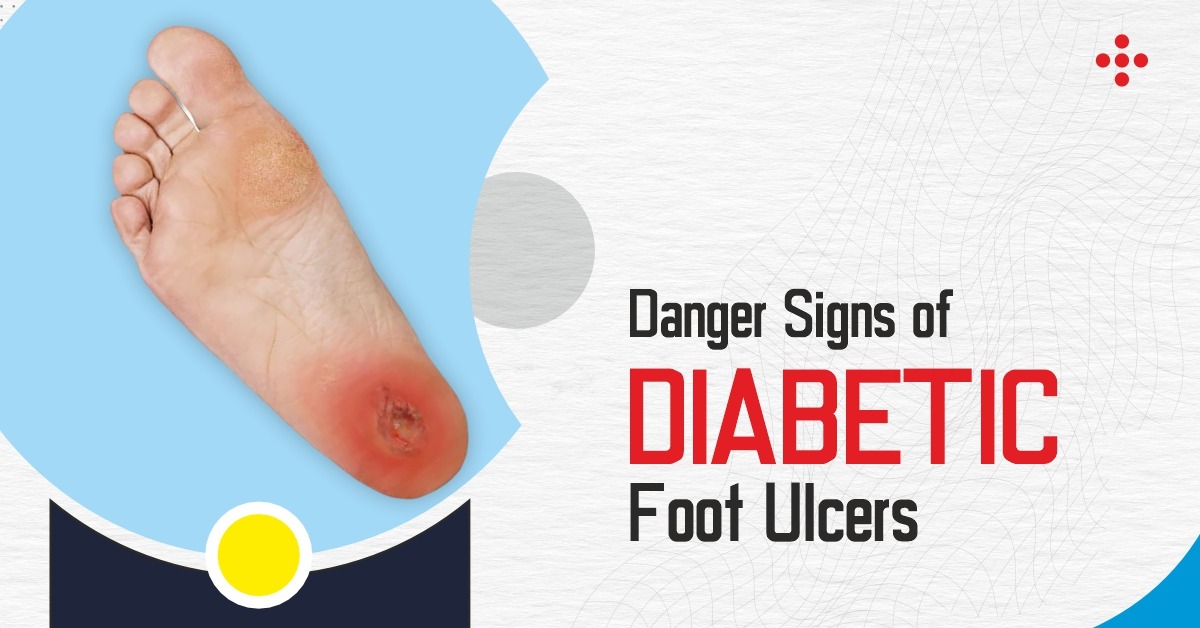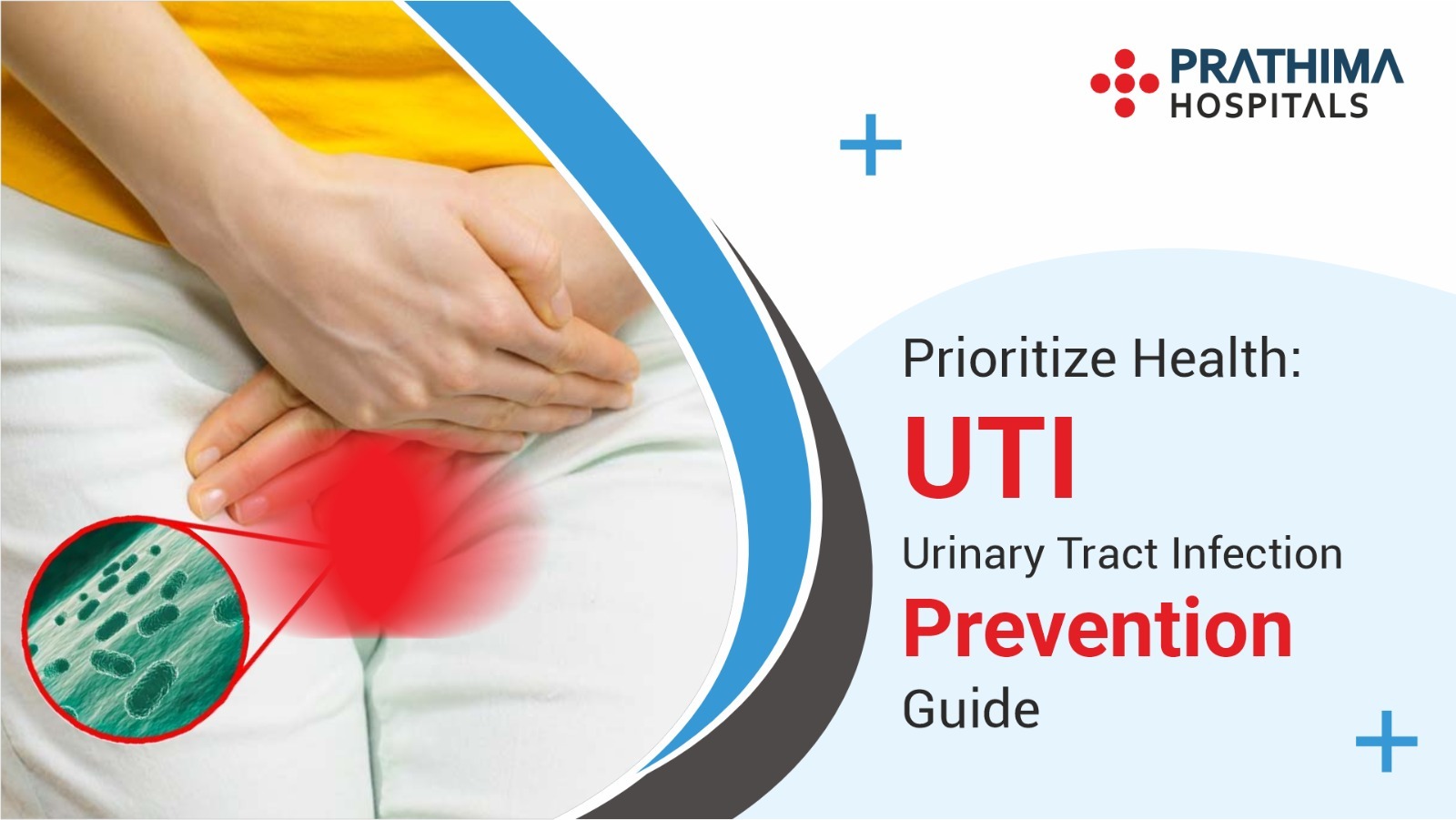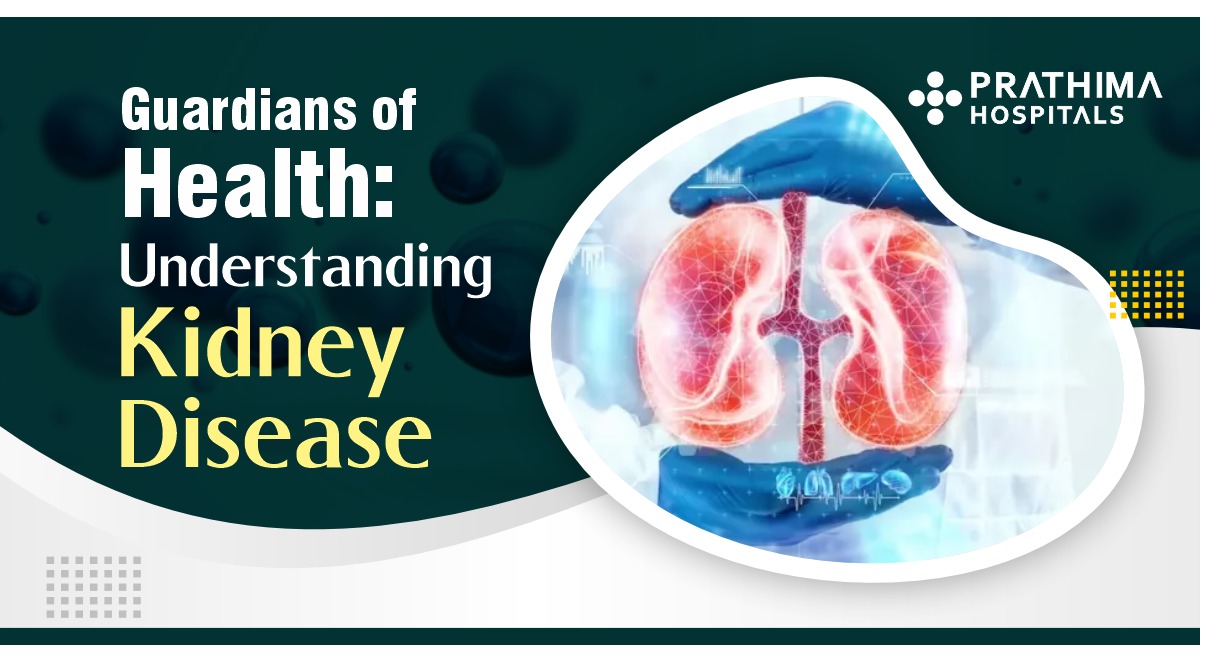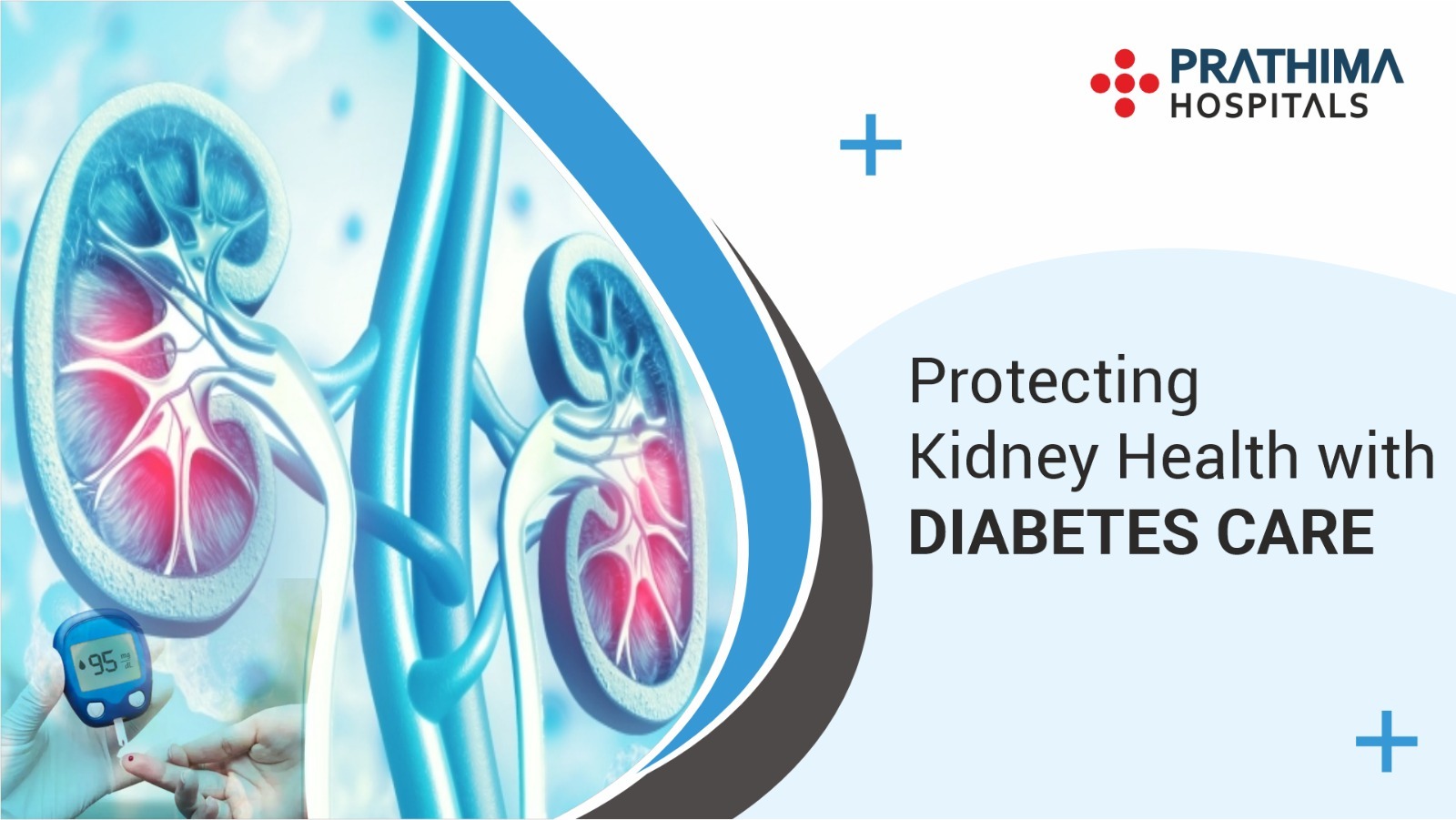Diabetic Foot Ulcer Treatment – What You Need to Know ?

Diabetic Foot Ulcer Treatment
Introduction:
Diabetic ulcers, also known as diabetic foot ulcers, are a common complication of diabetes that affects the feet of individuals with high blood sugar levels. They occur due to the combination of nerve damage and poor circulation, which leads to a decrease in sensation and blood flow to the feet. As a result, any minor injuries or cuts on the feet may go unnoticed and become infected, leading to the formation of Diabetic Foot Ulcer Treatment.
In this article, we will explore the causes, symptoms, prevention and treatment options for Diabetic Foot Ulcer Treatment.
Causes of Diabetic Ulcer :
Diabetes is a chronic condition characterized by high levels of blood sugar that can damage various organs and tissues in the body over time. When it comes to the feet, diabetes can cause nerve damage, known as neuropathy, and peripheral artery disease, which leads to poor circulation in the feet. Together, these two conditions increase the risk of developing diabetic ulcers.
Neuropathy occurs when the nerves that control sensation and movement become damaged, leading to a loss of feeling in the feet. This can make it difficult to detect any injuries or trauma to the feet, which can go unnoticed and lead to the formation of ulcers.
Peripheral artery disease (PAD) occurs when the arteries that supply blood to the legs and feet become narrowed or blocked due to plaque buildup. As a result, the feet receive less blood flow and oxygen, making it difficult for wounds to heal and increasing the risk of infection.
Symptoms of Diabetic Foot Ulcer Treatment :
Diabetic Foot ulcers Treatment usually form on the bottom of the feet, toes, or heels and may appear as open sores or wounds that do not heal. They can be triggered by the following signs:
- Pain or tenderness in the affected area
- Redness or swelling around the ulcer
- Warmness (or) heat in the affected region
- Drainage or pus from the ulcer
- A foul odour coming from the ulcer
- Blackened or dead tissue around the ulcer, indicating tissue death or necrosis
If left untreated, diabetic ulcers can lead to serious complications, including infection, gangrene, and even amputation of the affected limb.
Prevention of Diabetic Foot Ulcer Treatment :
Preventing diabetic ulcers involves maintaining good foot hygiene and monitoring your feet regularly for any signs of injury or infection.
Here are some tips to prevent Diabetic Foot Ulcer Treatment:
Keep your feet clean & dry: Clean your feet every day with warm water along with mild soap. Dry your feet totally, particularly between your toes, to prevent moisture buildup.
Check your feet regularly: Inspect your feet daily for any signs of cuts, blisters, redness, or swelling. If you have a problem seeing the base of your feet, use a mirror or ask a family member for help.
Wear appropriate footwear: Select shoes that fit well and provide good support & cushioning. Wear shoes without pointed toes, high heels, or tight fittings. Wear neat, dry socks & change them day-to-day.
Manage your blood sugar: Keeping your blood sugar levels within a normal range can help prevent neuropathy and PAD.
Stop smoking: Smoking can decrease blood flow to your feet and increase your risk of developing PAD.
Visit your healthcare provider regularly: Schedule regular check-ups with your healthcare provider to monitor your blood sugar levels and detect any complications early.
Treatment of Diabetic Foot Ulcers :
If you develop a diabetic ulcer, it is important to seek medical attention right away at Diabetic Foot Ulcers Treatment in Kachiguda. Treatment options may vary depending on the severity of the ulcer and the underlying cause.
Here are some usual remedy choices for Diabetic Foot Ulcer Treatment:
Wound care: The first step in treating a diabetic ulcer is to clean the wound and remove any dead tissue. This may involve debridement, which is the removal of dead or infected tissue to promote healing. Your healthcare provider may also apply a dressing or bandage to the ulcer to protect it and promote healing.
Offloading: To relieve pressure on the ulcer and promote healing, your healthcare provider may recommend offloading techniques such as using a special boot, brace, or shoe to redistribute weight away from the ulcer.
Antibiotics: If the ulcer is infected, your healthcare provider may prescribe antibiotics to treat the infection and prevent it from spreading.
Surgery: In severe cases, surgery may be necessary to remove dead tissue, repair damaged blood vessels, or amputate the affected limb.
In addition to these treatment options, your General Physician in Kukatpally, may also recommend lifestyle changes such as quitting smoking, losing weight, and controlling your blood sugar levels to prevent further complications.
Here are some common FAQs on diabetic foot ulcers:
What causes diabetic foot ulcers?
Diabetic foot ulcers are caused by a combination of factors, including nerve damage (neuropathy), poor circulation, and high blood sugar levels. These factors can cause small cuts or sores on the feet to develop into more serious ulcers.
Who is at risk for developing diabetic foot ulcers?
People with diabetes who have poor blood sugar control, nerve damage, or circulation problems are at increased risk for developing foot ulcers. Other risk factors include smoking, obesity, and a history of foot ulcers or amputations.
What are the complications of diabetic foot ulcers?
If left untreated, diabetic foot ulcers can lead to serious complications, including infections, osteomyelitis (bone infection), and even amputation. Early detection and treatment are crucial in preventing these complications.
Can diabetic foot ulcers be cured?
In some cases, diabetic foot ulcers may heal completely with appropriate treatment. However, it’s important to manage diabetes and take steps to prevent future foot ulcers from developing.
what foods to avoid by diabetic foot ulcer patients?
If you have a diabetic foot ulcer, it’s important to follow a healthy diet to help manage your blood sugar levels and promote healing. Here are some foods to limit or avoid:
Processed foods: These foods are often high in added sugars and unhealthy fats, which can spike blood sugar levels and contribute to inflammation. Examples include packaged snacks, sugary cereals, and processed meats.
Sugary drinks: Soda, fruit juice, sports drinks, and other sugary beverages can raise blood sugar levels quickly and contribute to weight gain.
Refined carbohydrates: Foods made with white flour, such as bread, pasta, and crackers, can cause blood sugar levels to spike. Choose whole-grain alternatives instead.
Fried foods: Fried foods are often high in unhealthy fats and calories, which can contribute to weight gain and inflammation.
High-fat meats: Fatty cuts of beef, pork, and lamb can be high in unhealthy saturated fats, which can increase inflammation and contribute to cardiovascular disease.
Instead, focus on eating a healthy, balanced diet that includes plenty of fruits, vegetables, whole grains, lean proteins, and healthy fats. Work with your healthcare provider and a registered dietitian to develop a meal plan that meets your individual needs and promotes healing.
Is there any Chances of cardiac problems due to diabetic foot ulcers?
People with diabetic foot ulcers are at increased risk of developing cardiovascular problems, including heart disease, heart attack, and stroke. This is because the same factors that increase the risk of foot ulcers – such as poor blood sugar control, nerve damage, and circulation problems – can also contribute to cardiovascular disease.
Conclusion :
Diabetic ulcers are a common and serious complication of diabetes that can lead to serious complications such as infection and amputation if left untreated. Maintaining good foot hygiene, monitoring your feet regularly, and controlling your blood sugar levels can help prevent the formation of diabetic ulcers. If you do develop an ulcer, seek medical attention right away at Diabetic Foot Ulcers Treatment in KPHB, to prevent complications and promote healing. With proper treatment and care, most diabetic ulcers can heal successfully and prevent further complications.
.
.
.
.
For more details :
📞:: 733 733 6600 | 040 4345 4345





